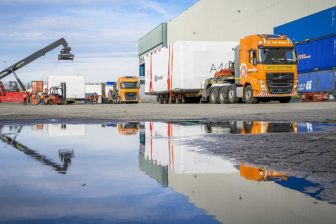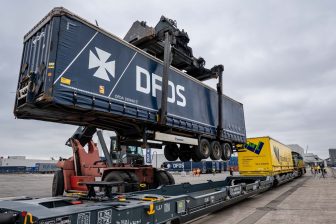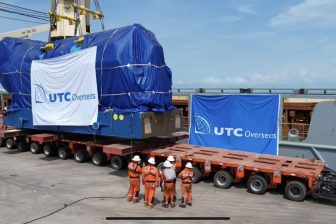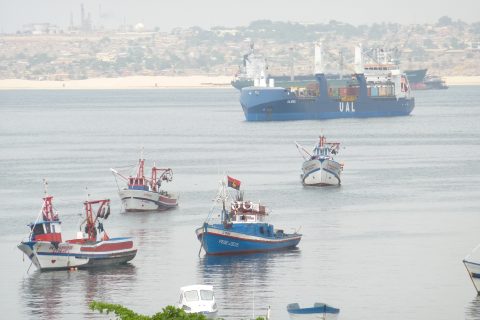
More market players turn to breakbulk to ease supply chain woes
As container shortage, available space and port disruption continue to plague the supply chain, breakbulk has risen as the best alternative for market players to keep their cargo moving. Multipurpose vessels are expected to continue picking up the container market overspill well into 2022.
Since the onset of the Covid-19 pandemic, the roles between the container shipping segment and the breakbulk and MPP sector have been completely reversed. While traditionally container vessels competed for project cargo, nowadays, breakbulk, MPP and even heavy lift vessels are loading containers.
Towards the end of the 2021, it was becoming obvious that it is not only the containerised cargo that is being transported by the MPP fleet. Due to their versatility, shipping companies have been approached to ferry coffee from South America to Europe as exporters sought a solution to their bottlenecks.
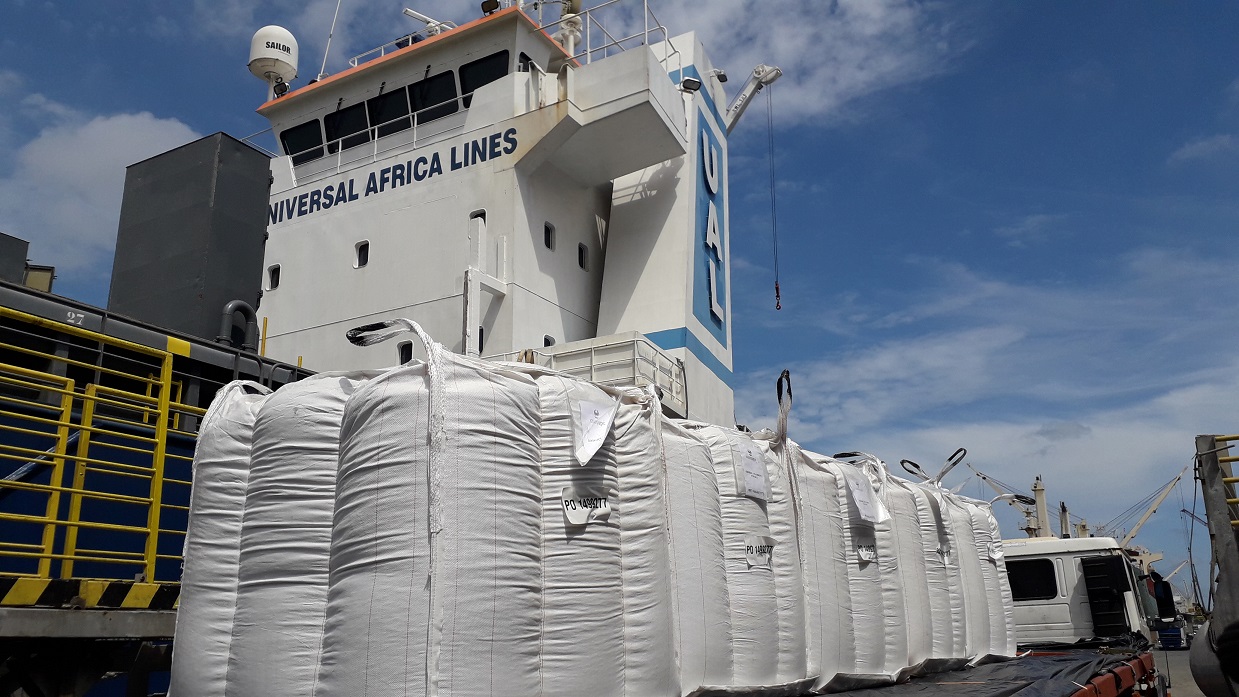
“UAL was involved in a shipment of cocoa from Western Africa to Northwestern Europe. We have indeed been approached by several coffee shippers/traders to see if we can handle shipments from South America to the EU,” said Dennis Malkoc, business development manager at Universal Africa Lines in a recent interview with Project Cargo Journal.
The company has been approached by a client to transport coffee on its vessels from Santos, Brazil to Antwerp in Belgium, with UAL Houston and Vectis Harrier to be deployed for the job.
The shipping consultancy Drewry noted that the multipurpose vessels could continue to be used to alleviate the supply shortages in the container sector well into 2022, with breakbulk cargoes continuing to seek MPP tonnage.
Hansa Meyer Global also noted that breakbulk has been the perfect solution to execute a shipment of 3,451 frt from Dalian, China to Charleston, in the USA with a charter agreement basis sole cargo.
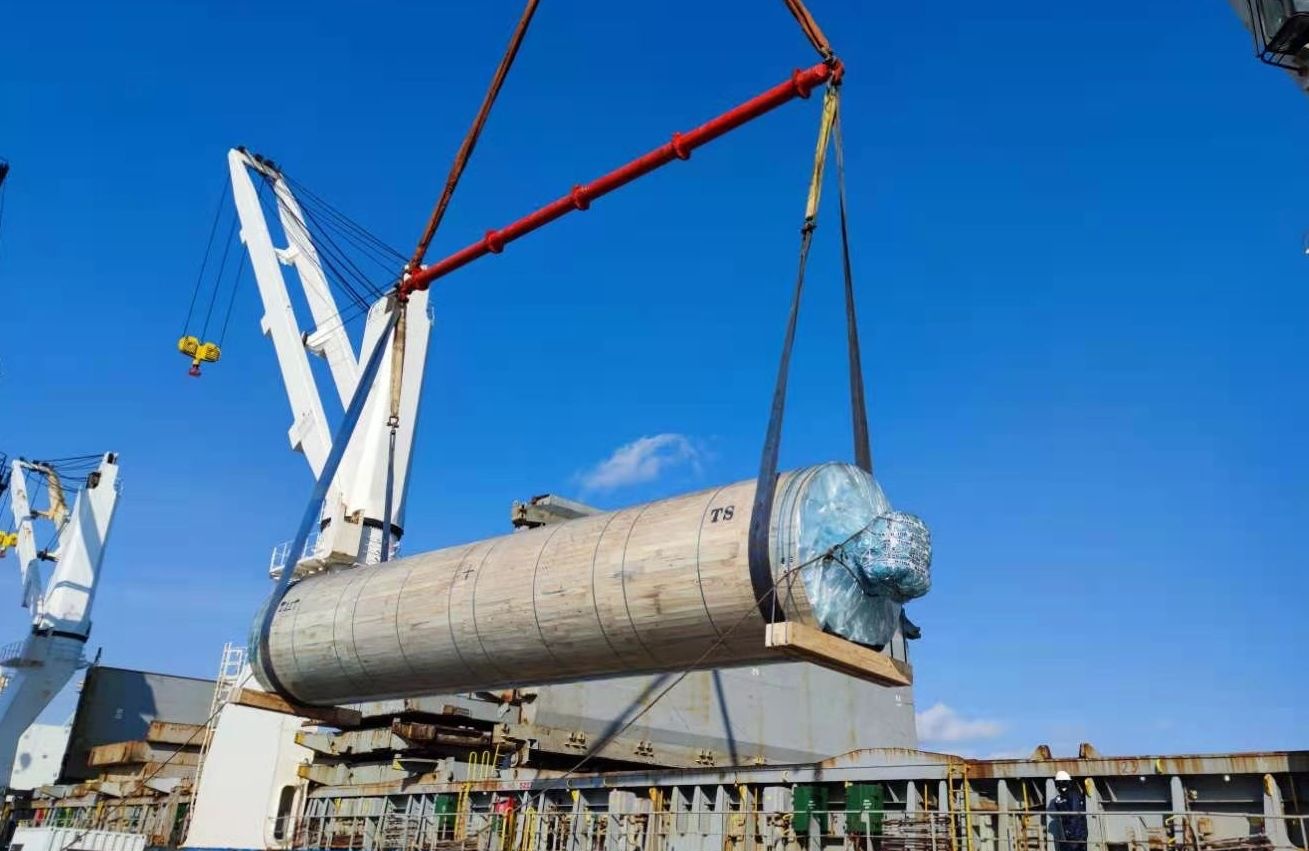
Ro-Ro carriers getting in on the action
Over the years, many Ro-Ro carriers have been highlighting the versatility of their vessels and their suitability for breakbulk and project cargo. The year 2021 has seen a major shift in that direction. International Car Operators (ICO Terminals), a unit of Nippon Yusen Kaisha (NYK) has experienced this shift first hand at its terminal in Zeebrugge.
“There is a noticeable shift from traditional carriers (containers and conventional) to RoRo-operators. And this just puts ICO in a unique position,” ICO said in a statement, adding that all major RoRo-deepsea and shortsea carriers are currently calling ICO’s terminals and are offering their main deck space to breakbulk and project operators.
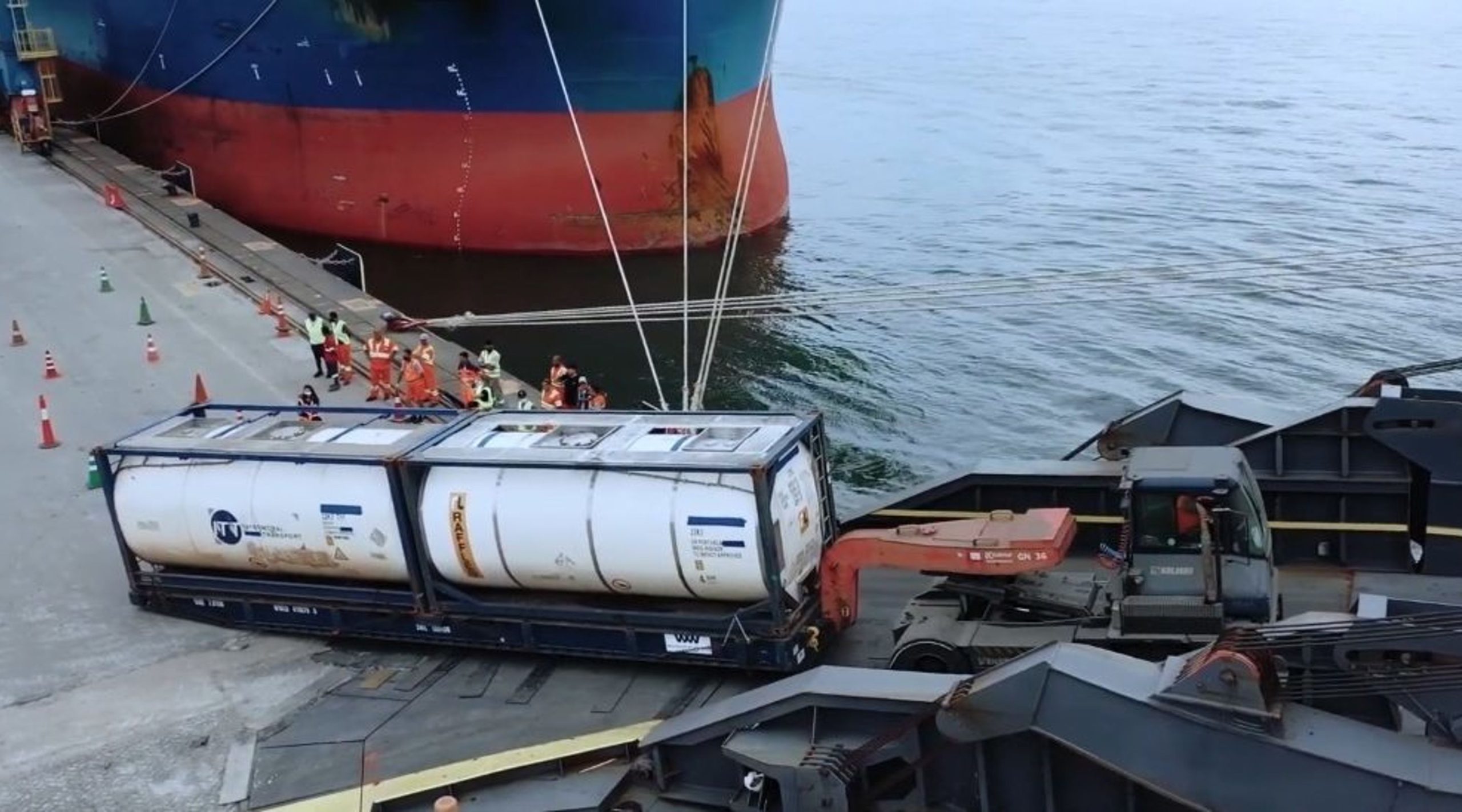
Wallenius Wilhelmsen pounced on the opportunity recently to help forwarding agent CSA do Brasil transport isotanks filled with oil products to markets around the world. With rising prices and reduced availability in the container industry, CSA do Brasil needed to find a reliable alternative. Wallenius also expects new projects in the renewable energy sector to boost breakbulk industries, especially with governments pouring money in domestic infrastructure in order to bring their economies back on track.
Höegh Autoliners is frequently providing space on its liners for breakbulk cargo. The company recently recently completed an urgent delivered of 240 breakbulk units for OM Freight Forwarders for an infrastructure project in Tema, Ghana, on its liner service from Mumbai to Tema.
Ports seeing spike in breakbulk figures
With breakbulk being the go to solution to alleviate supply chain bottlenecks, ports worldwide have started recording spikes in breakbulk figures. Port of Antwerp reported breakbulk volumes reaching 1 million tons per month, totalling 11.5 million tons for the whole year (excl. RoRo). This marks no less than a 74 percent rise in figures compared to 2020, surpassing the previous record growth of 2012.
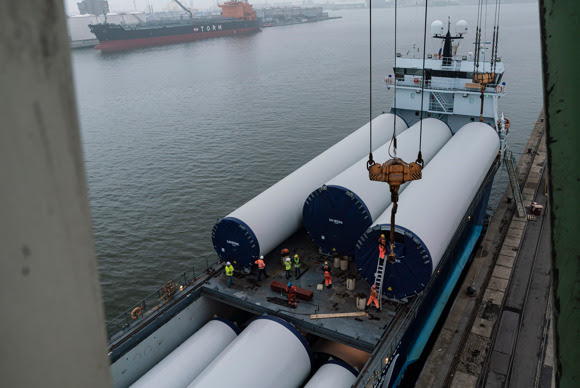
The widely reported port congestion in the United States has boosted breakbulk activity at certain ports and terminals shipping companies had to think outside of the box to deliver their cargo on time. The current market dynamics have played right in the hands of the Port of New Orleans (Port NOLA) and its breakbulk capabilities. The port saw a 46 percent rise in breakbulk volumes compared to the year 2020, reaching 2.4 million tons.The increase in breakbulk and bulk cargo were driven by steel, plywood and super sack cargo.
The Northwest Seaport Alliance (NWSA) gateway in Tacoma posted record breakbulk volumes in 2021, mostly comprised of Ro-Ro (roll-on, roll-off) cargo with construction equipment making up 67 percent of the past year’s cargo volumes. Additional breakbulk types include agriculture, machinery, and mining equipment.


